Last week the Nobel Prize in Chemistry was awarded to three scientists who discovered how cells repair DNA. Almost all of our cells have about 3.2 billion letters of DNA, and it was recognized decades ago that these fantastically complicated molecules were subject to decay. Each scientist revealed machinery that constantly counteracts DNA degradation. We have DNA replication “proofreading” machines that fix about 999 out of every 1,000 copying errors. Human beings and bacteria have different machinery, but the end result is similar, the final copy has an error rate of only one DNA “letter” in one billion. Other complex machines identify and fix spontaneous damage and damage from ultraviolet light and harsh chemicals. There are even machines that repair double-strand breaks, by putting broken pieces of DNA back together.
Now the obvious question, at least to me, which is nowhere hinted at in the popular press of this Nobel Prize award that I have seen, is where did all this fantastic technology come from? Science is reasoning to the best explanation. What is the best explanation for this fantastic machinery?
Is the Darwinian process, of natural selection acting on random mutations, the best explanation? Remember that, in Darwin’s day, people thought that cells were a “homogenous blob of protoplasm,” a mysterious goo that somehow did all of life’s work. Yet, everywhere scientists look, they discover amazing cellular machinery. They have also discovered that each species has some types of unique machinery.
Simple math shows you can’t get new machinery by a chance-based mechanism. If you mutate or scramble a sequence of 150 amino acids (amino acids are linked in precise sequences to build proteins, the machines parts of cellular technology), the odds of getting a new piece of cellular machinery – a new working cellular machine part – are about one in a number with 74 zeros. To put those staggering odds in perspective, “only” about one times a number with 40 zeros living organisms have ever existed, and the odds that any of them ever produced by random mutation a single new unique machine part is less than your chances of picking the “right” grain of sand out of all the beaches, deserts, and oceans in the world. Not likely.
So, as we honor the discoverers of DNA repair technology, let us ask – what’s the best explanation for its existence? Chance or design?
Thanks for reading.





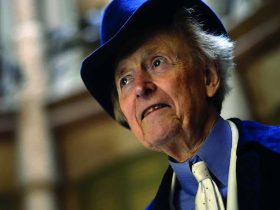
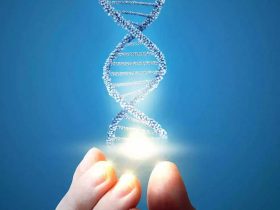


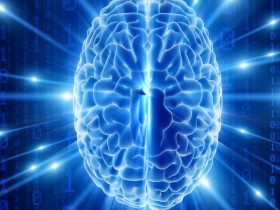



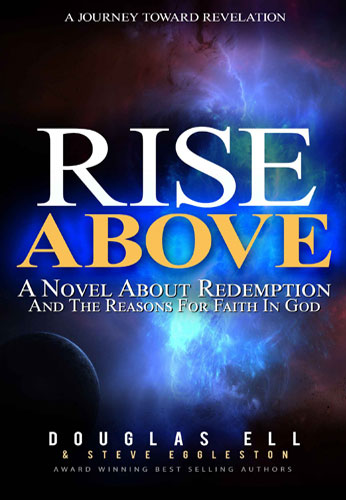
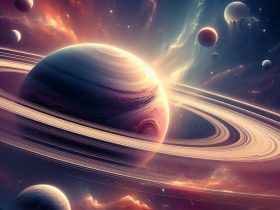
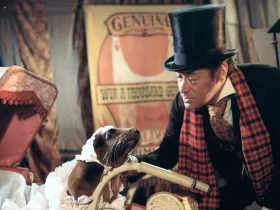

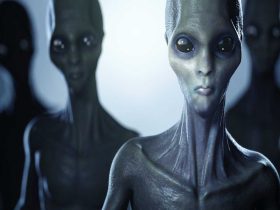
Leave a Reply